Forces Reciprocating Engines
Categories:Forces Reciprocating Engines Technical Description: Every reciprocating engine generates mass forces. The mass forces of the oscillating masses can't be compensated completely while the mass forces o...
Product
Description
Forces Reciprocating Engines
Technical Description:
Every reciprocating engine generates mass forces. The mass forces of the oscillating masses can't be compensated completely while the mass forces of the rotating masses are fully compensated. By using several cylinders it is possible that the forces compensate each other. Still, disturbing moments may occur. The experimental unit enables to investigate the free masses and moments of a reciprocating engine with a single cylinder, with two cylinders or with four cylinders. The engine model comprises pistons with plastic slide bushes. The slide bushes don't require lubrification. For each cylinder, the angle between cranks can be adjusted continuously. As an aid, marks are provided at 0°, 90°, 180° and 270°.The oscillating masses can be varied by using additional weights at the pistons. The four-throw crankshaft is driven by a DC motor and a synchronous belt. The speed is electronically controlled and digitally displayed. The free forces and moments are recorded by force sensors placed at the support of the model. All electronic functions are integrated in the display and control unit. The display and control control unit also contains the USB interface for data acquisition.
Specification:
1. Experimental unit to investigate oscillating and rotating mass forces and moments of a reciprocating engine with up to 4 cylinders 2. Simulation of single, 2- or 4-cylinder engines 3. Electronically commutated and speed-controlled drive motor with digital speed display 4. Continuous adjustment of the angle between cranks 5. Force sensors to measure forces and moments 6. Vibration isolation using rubber elements and suitable tuningTechnical Data:
Engine
- number of cylinders: 4 - piston mass: 40g - additional mass: 41g
Crank drive
- mass of connecting rod: 18g - centre distance of cylinders: 35mm - crank radius: 15mm - length of connecting rod: 70mm
Measuring ranges
- speed: 100 ... 3000min-1 - force: 0...500Nquick overview :
Forces Reciprocating Engines
Technical Description:
Every reciprocating engine generates mass forces. The mass forces of the oscillating masses can't be compensated completely while the mass forces of the rotating masses are fully compensated. By using several cylinders it is possible that the forces compensate each other. Still, disturbing moments may occur. The experimental unit enables to investigate the free masses and moments of a reciprocating engine with a single cylinder, with two cylinders or with four cylinders. The engine model comprises pistons with plastic slide bushes. The slide bushes don't require lubrification. For each cylinder, the angle between cranks can be adjusted continuously. As an aid, marks are provided at 0°, 90°, 180° and 270°.The oscillating masses can be varied by using additional weights at the pistons. The four-throw crankshaft is driven by a DC motor and a synchronous belt. The speed is electronically controlled and digitally displayed. The free forces and moments are recorded by force sensors placed at the support of the model. All electronic functions are integrated in the display and control unit. The display and control control unit also contains the USB interface for data acquisition.
Specification:
1. Experimental unit to investigate oscillating and rotating mass forces and moments of a reciprocating engine with up to 4 cylinders 2. Simulation of single, 2- or 4-cylinder engines 3. Electronically commutated and speed-controlled drive motor with digital speed display 4. Continuous adjustment of the angle between cranks 5. Force sensors to measure forces and moments 6. Vibration isolation using rubber elements and suitable tuningTechnical Data:
Engine
- number of cylinders: 4 - piston mass: 40g - additional mass: 41g
Crank drive
- mass of connecting rod: 18g - centre distance of cylinders: 35mm - crank radius: 15mm - length of connecting rod: 70mm
Measuring ranges
- speed: 100 ... 3000min-1 - force: 0...500NProduct
Reviews
add Review
reviews
No Review Yet.
Copyrights © 2025 All Rights Reserved by Atico







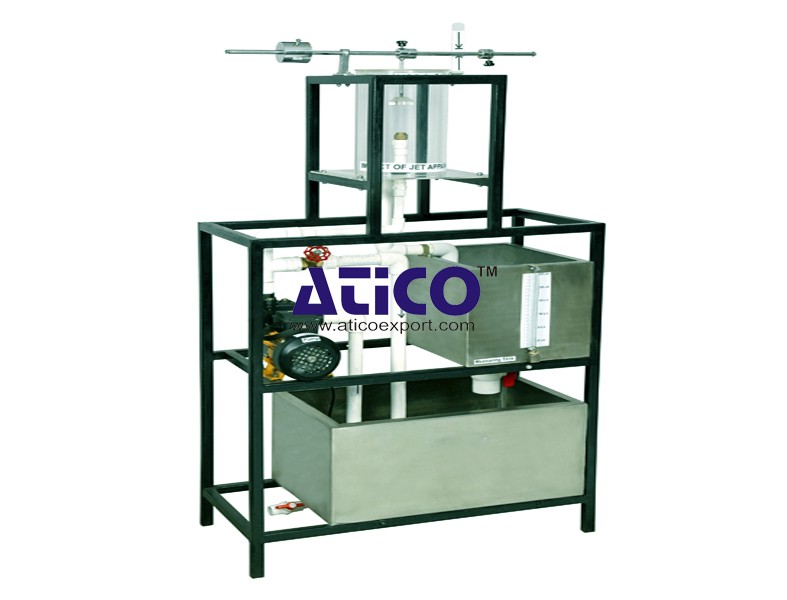
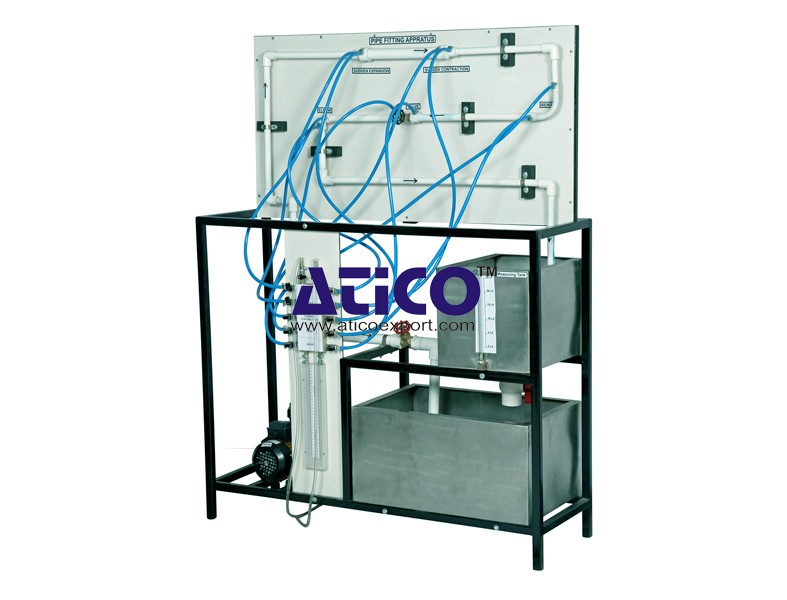
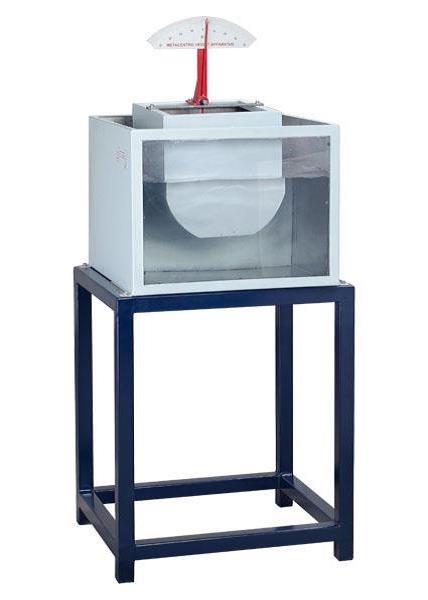

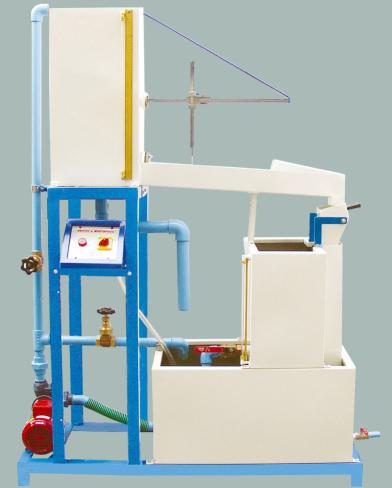
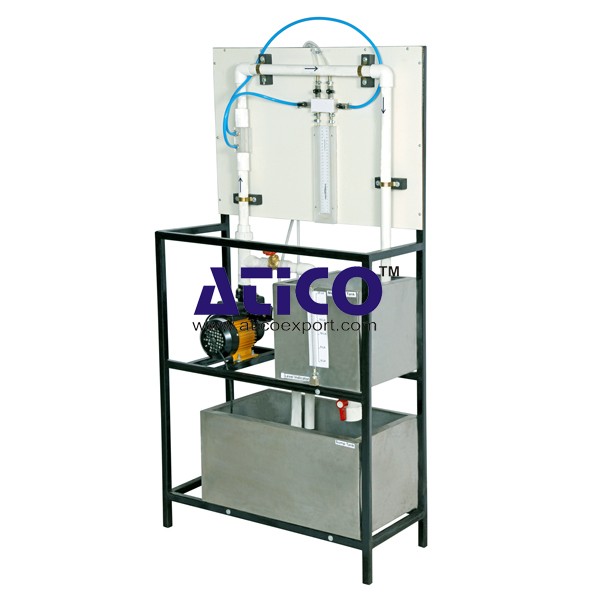
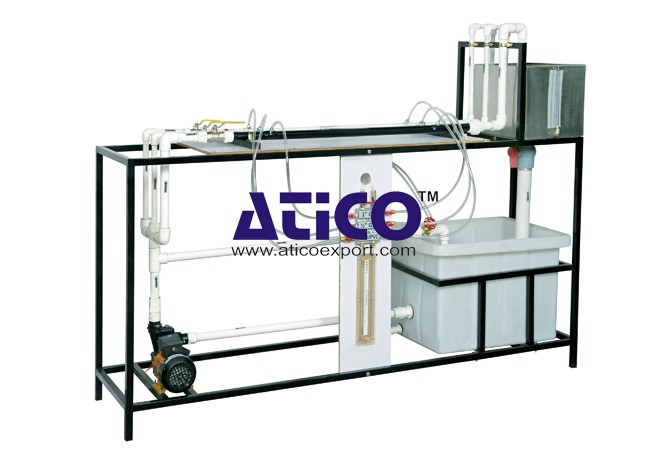
Product
Reviews
add Review
reviews
No Review Yet.